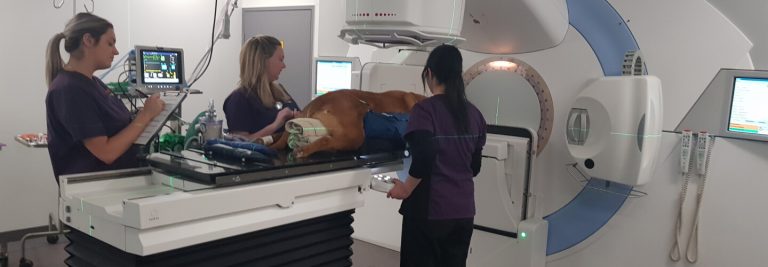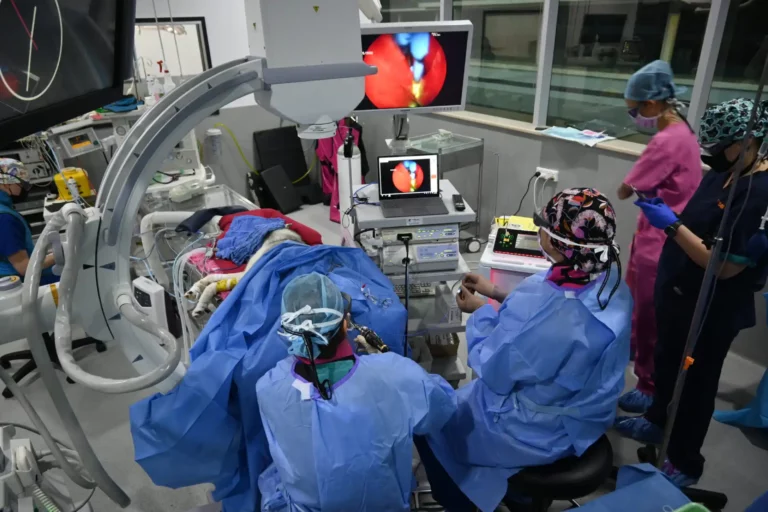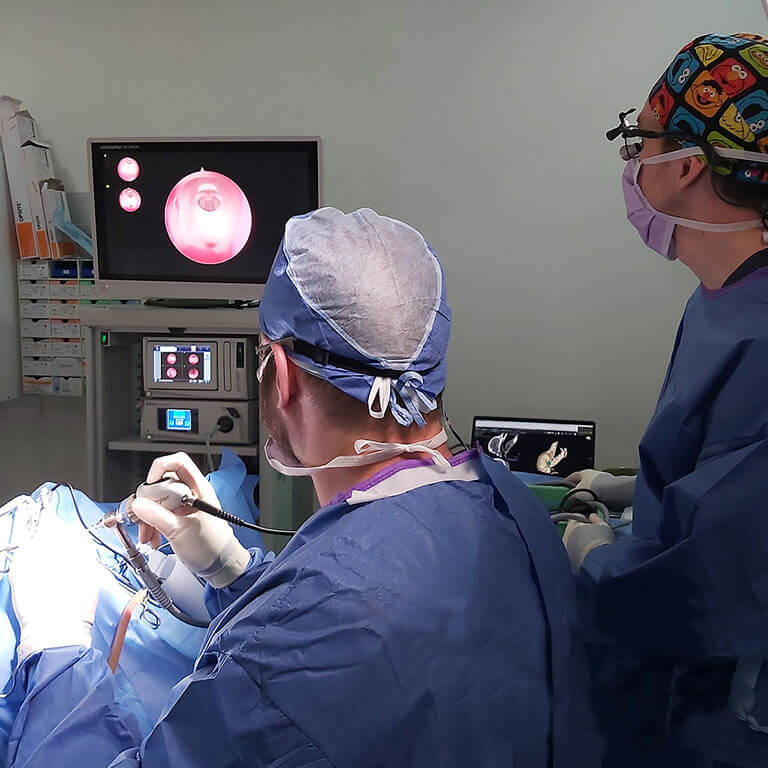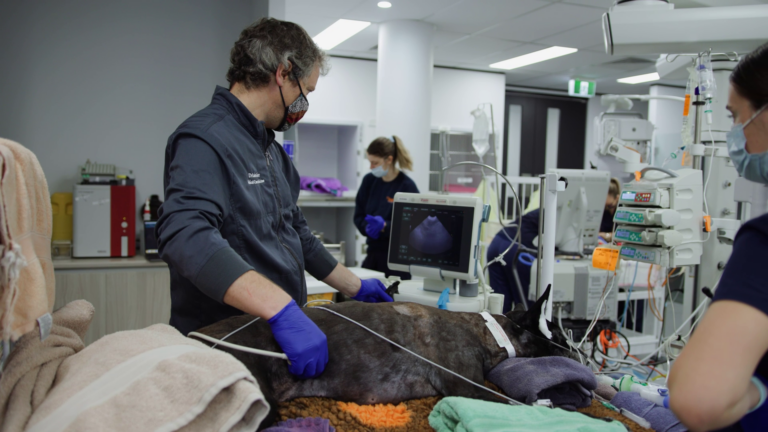Reviewed by Dr Naomi Boyd (Sports Medicine Veterinarian & Physiotherapist)
Osteoarthritis in dogs, often simply referred to as “arthritis,” can be a painful and debilitating condition. There are numerous effective treatments that can be explored by our experienced team of veterinarians.
Prescription analgesic drugs (“pain killers”) such as NSAIDs (non-steroidal anti-inflammatory drugs) are effective in reducing the pain of osteoarthritis. However, they come with risk of adverse effects, including stomach ulcers and liver/kidney toxicity. The risk of adverse effects increases with prolonged use. These are especially problematic for arthritic dogs that are senior in age and/or those with other underlying medical conditions that do not tolerate NSAIDs well.
PRP for osteoarthritis in dogs
Thankfully, more advanced, lower-risk treatment options are available for osteoarthritis in dogs. Platelet rich plasma (PRP) therapy involves extracting a small amount of blood from the patient, processing it in a way that concentrates the platelets (cells involved in wound healing), and reinjecting it into the affected part of the patient.

A clinical study1 has found that a single administration of PRP therapy was effective in reducing the lameness (55%) and pain (53%) associated with osteoarthritis in the legs of dogs for around 12 weeks, compared to dogs not receiving the treatment. This remarkable improvement in lameness and pain is actually comparable to improvements seen with NSAIDs. This indicates that PRP is a viable and safer alternative to NSAIDs, particularly for older patients and those with other medical conditions.
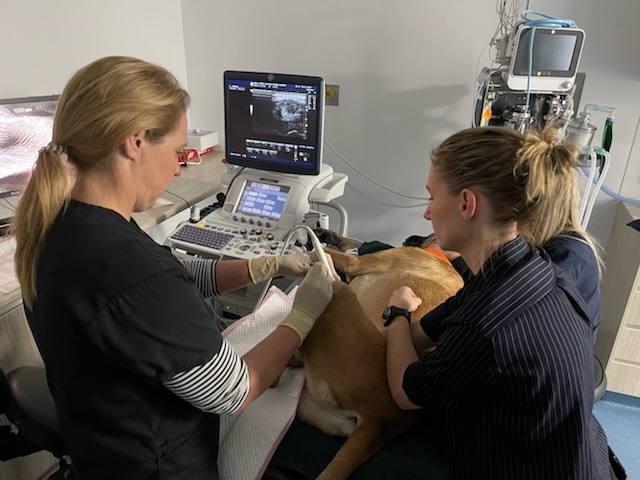
Laser therapy for osteoarthritis in dogs
Another treatment option which may be used for osteoarthritis in dogs is laser therapy. This involves using specific beams of concentrated light to target affected areas of the body.

A clinical trial2 showed that in addition to the reduction of lameness and pain in laser treated dogs, there was also a marked decrease in the dog’s reliance on NSAIDs. Approximately 80% of patients were able to half their NSAID dose after 6 weeks.
Although not suitable for every patient, laser therapy is very safe, with no known side effects. Using it in conjunction with physio exercises and other therapies can be a highly effective program for conditions such as osteoarthritis, while reducing reliance on long term, high dose drug use.
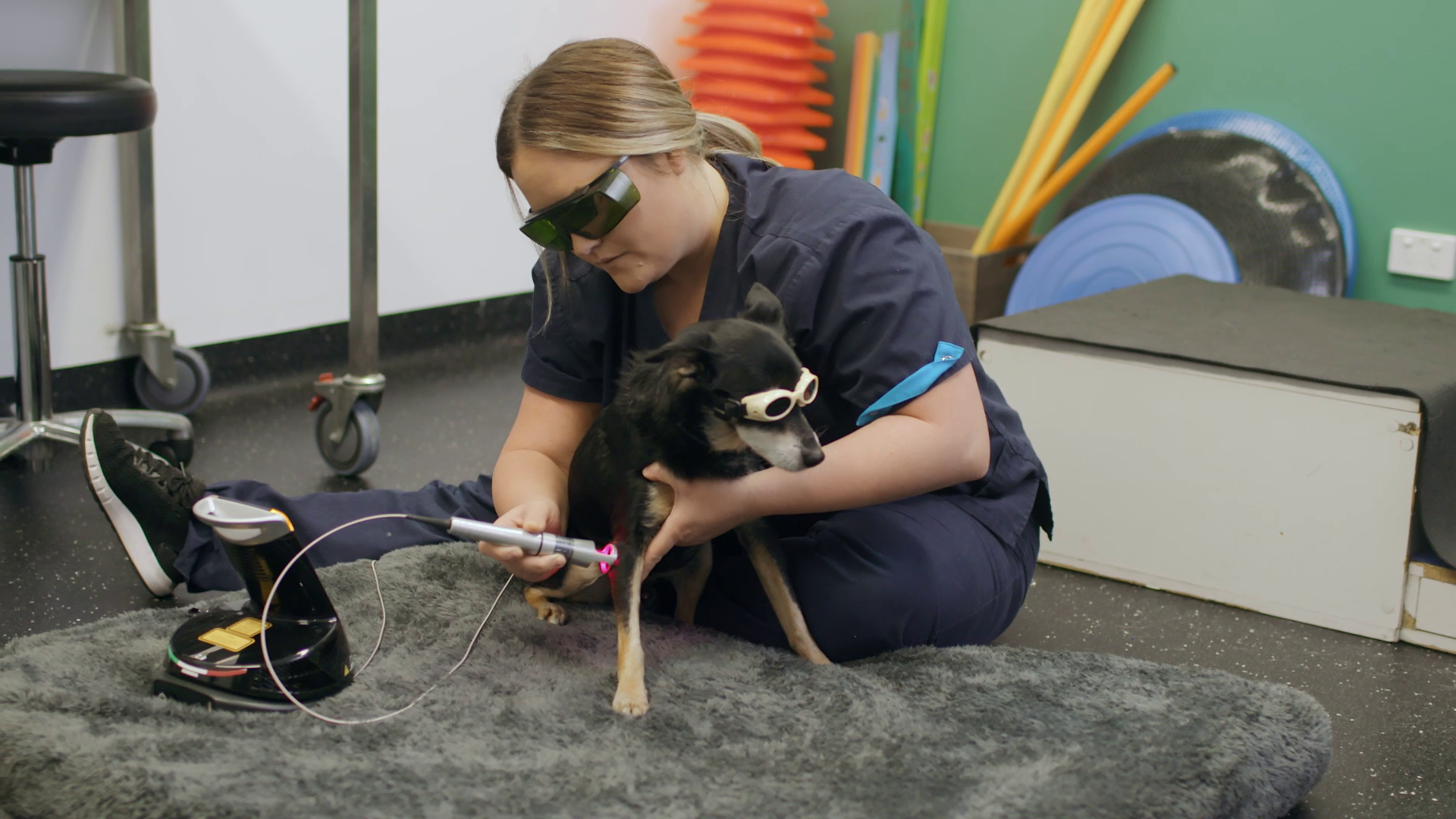
Hydrotherapy for osteoarthritis in dogs
Hydrotherapy involving an underwater treadmill is also a very popular and effective treatment for treating osteoarthritis in dogs. Fore more information, visit this link.
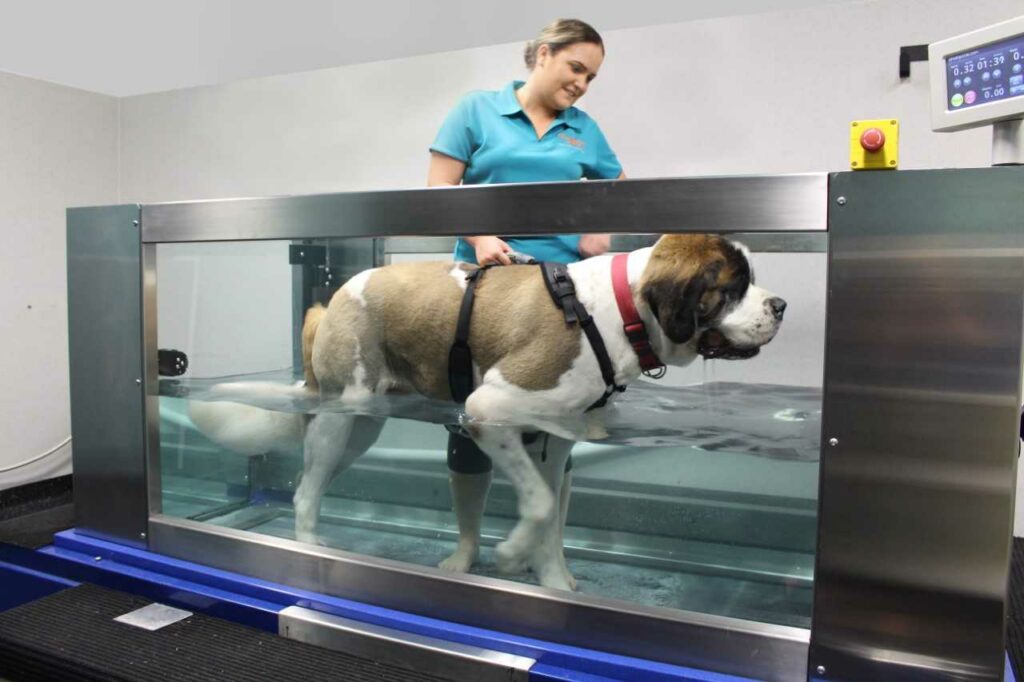
To see if any of these advanced treatments are an option for your pet, please book a consultation with one of SASH’s Sports Medicine & Rehabilitation Veterinarians. These leading experts will assess and design a tailored program to treat your loved one.
1Fahie et al. 2013, JAVMA 243 (9): 1291-1297
2Looney et al. 2018, Can Vet J, 59:959-966
